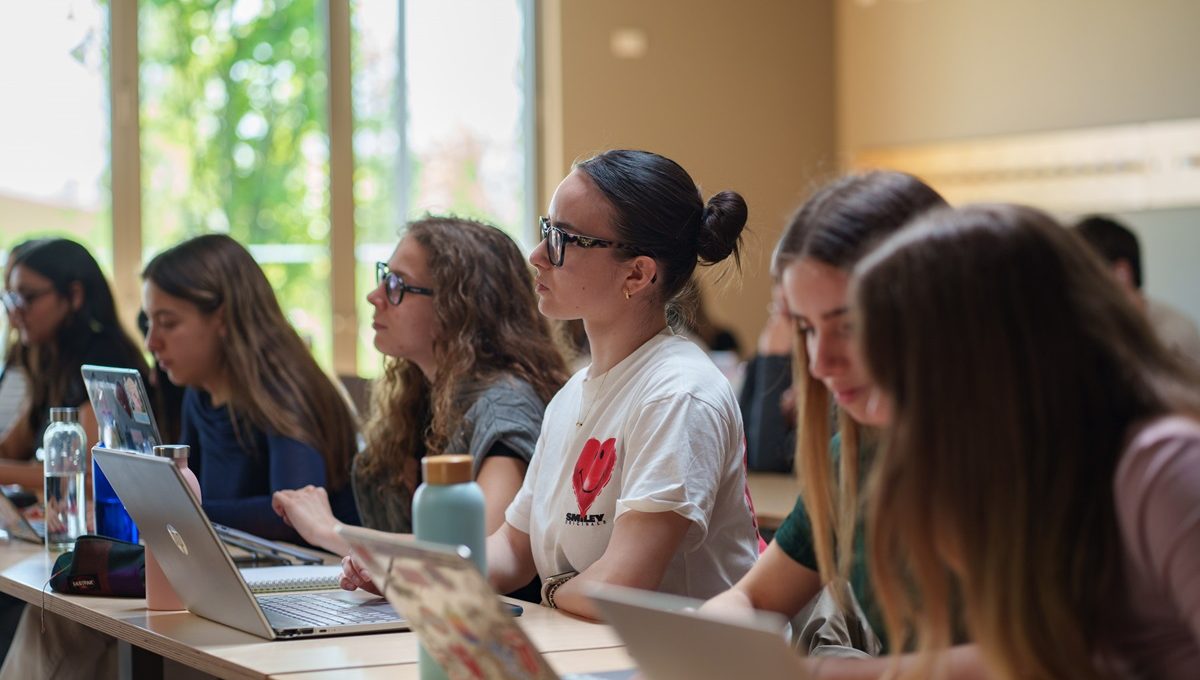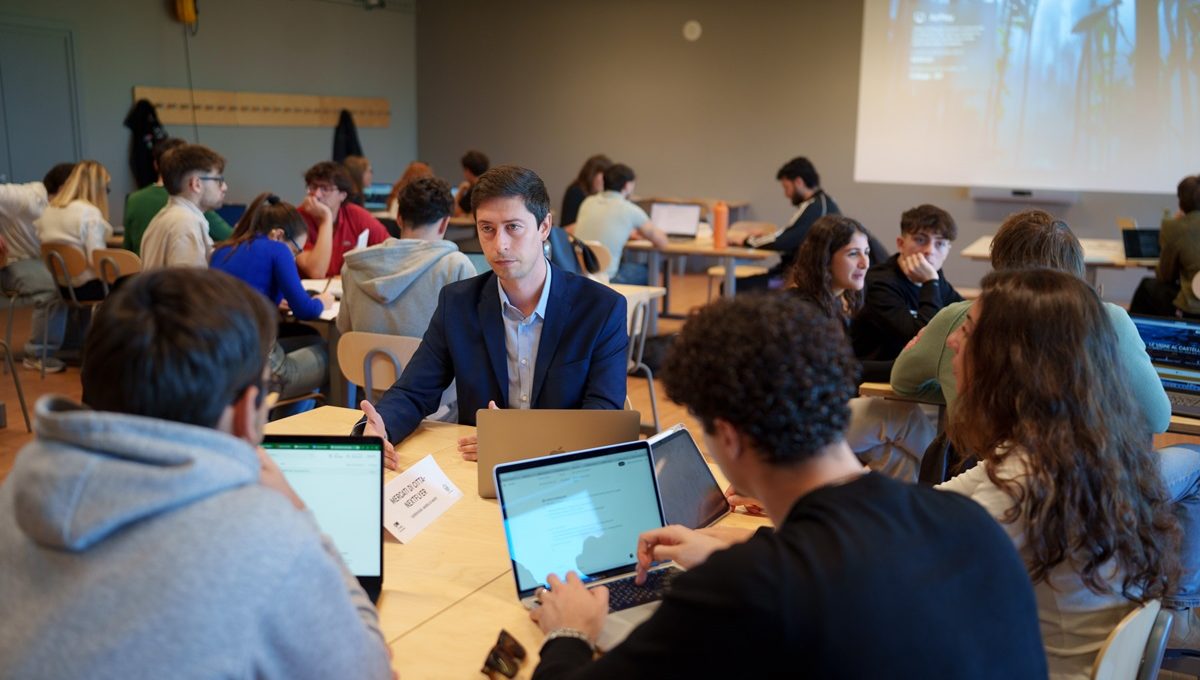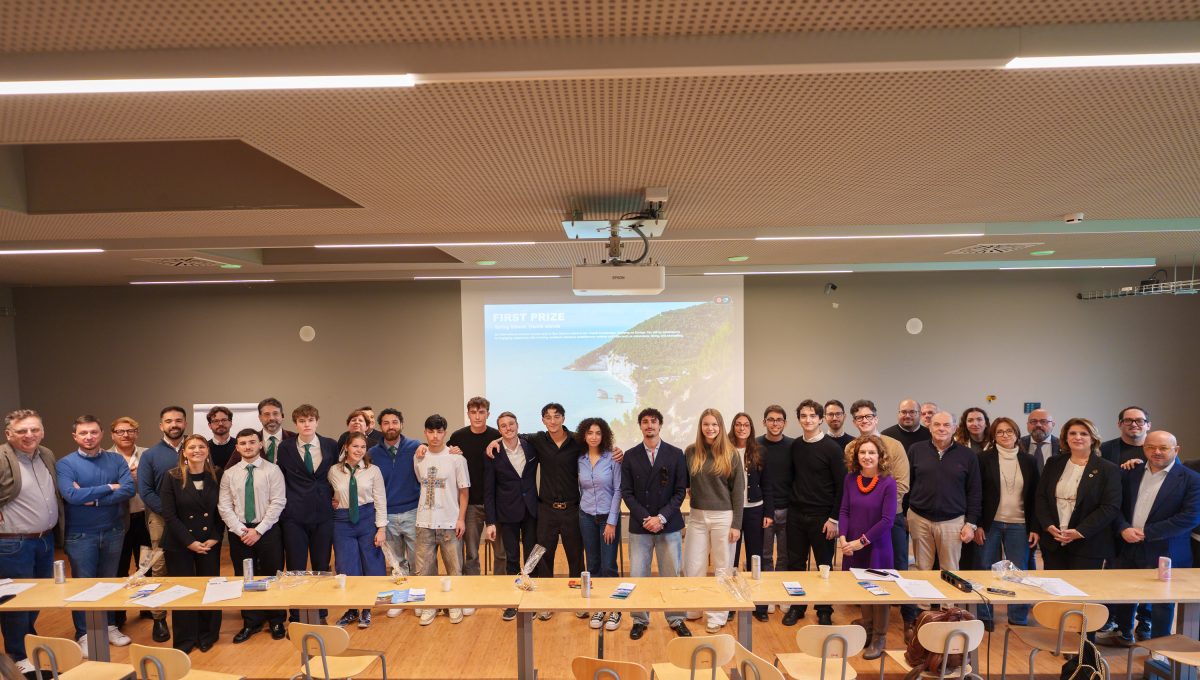How to Become a Data Visualization Expert

Have you ever looked at a chart so clear that it made a complex concept instantly understandable? Or navigated a dashboard that helped you make an important decision easily and intuitively? That’s the power of data visualization. And today, more than ever, that power is needed everywhere: from marketing to healthcare, from politics to science, from schools to tech startups.
We live surrounded by data. Every online action, every social interaction, every business process generates information. But data alone is silent. It takes eyes to read it, tools to interpret it, and minds capable of telling its story. Data visualization is exactly that: the art and science of turning numbers and tables into stories that are easy to grasp, accessible, and visually engaging.
Becoming an expert in this field means much more than knowing how to make a chart. It means training your critical thinking, developing aesthetic sensitivity, building advanced digital skills, and most of all learning to communicate. In this article, you’ll learn what data visualization really is, why it’s become so essential, how to get started working with data, what tools and skills are needed, and how H-FARM College can help you build a solid and future-proof professional path in this growing field.
What is Data Visualization and Why It’s So Important Today
Today we hear a lot about data visualization, but not everyone understands how crucial it really is. In simple terms, data visualization is the process of turning raw numbers into visual formats, like charts, infographics, or maps, to make them easier to read, analyze and interpret.
We live in a data-driven world. Everything is tracked, measured, archived. But data, on its own, doesn’t say much. That’s where visualization comes in: it gives data a voice, shapes insights, uncovers patterns that would otherwise remain invisible, and allows us to make better decisions, faster.
And no, it’s not just about pretty graphics. A strong visual can save time, highlight problems, or communicate a message powerfully even to people without a technical background. This is why data visualization has become an essential tool for businesses, researchers, institutions, the media, and professionals in every sector.
How Data Visualization Works: Tools and Visual Approach
Creating a great visualization starts with the right questions. What do I want to show? Who is this for? What’s the goal? These answers shape every decision: the type of chart, the level of detail, the style, and the platform where it will be published.
There’s a wide range of data visualization tools available today. Some are made for business reporting, like Power BI or Tableau. Others are tailored for developers like D3.js or Python’s Plotly who want to build custom, interactive solutions. You’ll also find beginner-friendly platforms like Google Sheets, and high-end tools used in complex analytics pipelines.
But just knowing how to use the software isn’t enough. You need a visual mindset. You need to translate numbers into images that make sense. That takes design sensitivity, understanding of human perception, and awareness of how the brain reacts to colors, shapes, and proportions.
A poorly designed graphic can confuse. A clear one can completely change how people see a situation.
Curious about how to start your path with the right approach and tools? Talk to H-FARM College and explore what kind of learning journey fits you best.
How to Start Working with Data
The first step is simple: start getting familiar with data. Use small datasets, explore topics that interest you, and experiment with visualizing your first results. You don’t have to get it perfect, the key is to start asking questions, cleaning the data, and testing ways to tell stories with it.
You can use tools you already know, like Excel or Google Sheets, or find open datasets online and explore them freely. There are many beginner-friendly data visualization courses that cover the foundations of data analysis, information organization, and visual storytelling.
But the real shift happens when you stop seeing data as abstract numbers and begin to treat it like a language, one that speaks through contrast, proportion, and meaning. That’s where your professional growth truly begins.
As you gain confidence, you can move on to more advanced platforms, programming languages, and real-world data projects. But it all starts with curiosity and consistent practice.
Want help turning this curiosity into a solid, structured journey? Reach out to the H-FARM College team! We’ll help you start off in the right direction.
Key Skills to Become a Data Visualization Expert
Becoming a data visualization expert means combining different skill sets. You’ll need analytical thinking, design awareness, communication clarity, and a touch of editorial instinct.
You’ll learn how to analyze large datasets, pick out what matters, and craft a clear, purposeful story. You’ll use technical tools, but also develop judgment: you’ll learn to understand when a graph works and when it might mislead or confuse.
That’s because data visualization is never neutral. It’s an editorial decision. It’s your responsibility to guide the reader toward the right insight.
Empathy plays a big role too. Every visualization is created for someone. You need to simplify without oversimplifying, create impact without distortion, and make information truly accessible. Over time, you’ll develop intuition the kind that helps you pick the right chart type in seconds.
And yes, all of this can be learned. Especially in the right environment.
How H-FARM College Prepares You to Work in Data Visualization
At H-FARM College, we believe data visualization isn’t just a technical skill. It’s a way of thinking. That’s why our programs offer hands-on training, real projects, and deep exposure to industry realities.
In the Bachelor’s Degree in AI & Data Science, data is the foundation. You’ll learn to collect, clean, analyze, and most importantly visualize it clearly and effectively. But you’ll also develop a strategic mindset, learning how to turn data into insight and action.
If your focus leans toward digital marketing and business strategy, the Master’s in Digital Marketing & Data Analytics will teach you how to use data for storytelling, performance tracking, and campaign optimization and how to communicate it through compelling visual formats.
In both cases, you’ll work with real datasets, collaborate with companies, use the most up-to-date tools, and develop the ability to present your insights with clarity and confidence. All in an innovative, international campus where the future is already part of the present.
Ready to find out which program fits you best? Talk to our team and let’s build your path together.
FAQ


Data visualization is how we translate numbers into visuals that people can actually understand. It helps uncover patterns, compare values, and make decisions quickly. In a world where everything is tracked, visualizing data isn’t just helpful, it’s essential.


That depends on your goals. For business dashboards, start with Tableau or Power BI. For coding, explore Python with libraries like Matplotlib, Seaborn, or Plotly. If you’re a beginner, even Google Sheets is a great way to learn how to think visually.


Not necessarily. Logical thinking helps, but the most important skills are curiosity and storytelling. You can come from a creative background and still become excellent at data visualization. It’s a blend of analytical and human skills.


Yes, programs like those at H-FARM College are designed to help you grow both technically and creatively. You’ll learn not just the tools, but how to use them in real-world contexts, alongside professionals and companies.


Absolutely. From data science to marketing, journalism to research, the demand is growing fast. Companies need people who can turn raw data into clear insight and that’s exactly what a data visualization expert does.











 Back
Back
